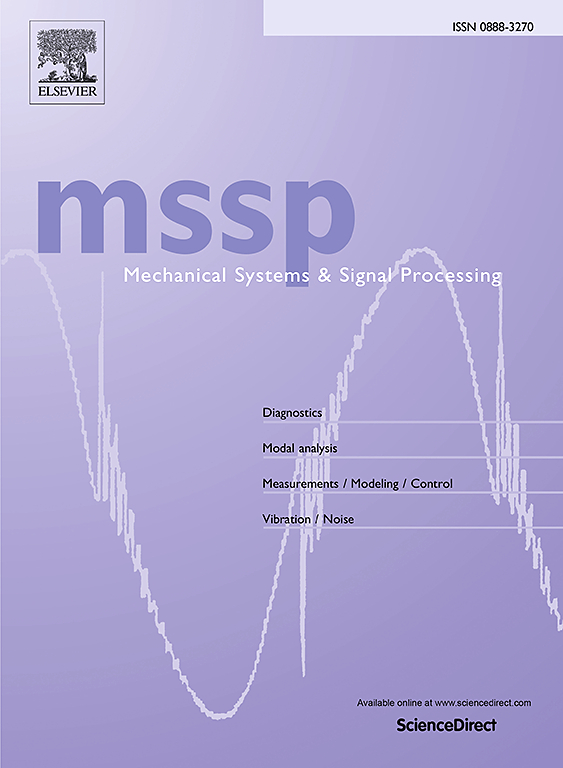High-Dimensional Bayesian inference for model updating with neural likelihood approximator powered by dimensionality-reducing flow-based generative model
IF 7.9
1区 工程技术
Q1 ENGINEERING, MECHANICAL
引用次数: 0
Abstract
Bayesian model updating provides a principled approach to approximating the posterior probability density function (PDF) of model parameters using incomplete and noisy data. However, the likelihood function is usually intractable, and evaluating it remains computationally prohibitive, especially for high-dimensional structural models. In this study, a novel Bayesian model updating framework is proposed that integrates a neural likelihood approximator (NLA) with a dimensionality-reduction flow-based generative model. The aim is to efficiently estimate the PDF of model parameters. The framework employs a masked autoregressive flow combined with a surjective neural network to map high-dimensional modal data into a simpler latent space. This transformation allows for the representation of the complex likelihood function with high accuracy and reduced computational cost. Specifically, the NLA learns the mapping between a multivariate standard Gaussian distribution and complex modal data through a sequence of invertible transformations conditioned on model parameters. This task is particularly challenging in structural dynamics because modal shapes can be highly sensitive to slight changes in model parameters and are often high-dimensional, making it difficult to capture their intricate relationships with the underlying physical system. Additionally, by enabling rapid computation of the log-likelihood, the framework significantly accelerates posterior estimation through the learned NLA combined with a prior distribution via Markov Chain Monte Carlo (MCMC). The proposed method is validated through case studies on an 18-story shear building and a steel pedestrian bridge, where modal data with dimensions of 342 and 220, respectively, are predicted, and the posterior distributions of 18 and 15 model parameters are estimated. The results demonstrate the capability of the proposed method to predict complex modal shapes and provide accurate posterior estimates.
求助全文
约1分钟内获得全文
求助全文
来源期刊

Mechanical Systems and Signal Processing
工程技术-工程:机械
CiteScore
14.80
自引率
13.10%
发文量
1183
审稿时长
5.4 months
期刊介绍:
Journal Name: Mechanical Systems and Signal Processing (MSSP)
Interdisciplinary Focus:
Mechanical, Aerospace, and Civil Engineering
Purpose:Reporting scientific advancements of the highest quality
Arising from new techniques in sensing, instrumentation, signal processing, modelling, and control of dynamic systems
 求助内容:
求助内容: 应助结果提醒方式:
应助结果提醒方式:


